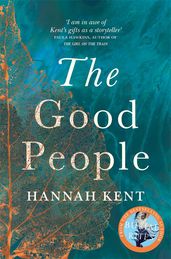Hannah Kent's The Good People: a photo essay from Ireland
Hannah Kent, the bestselling author ofBurial Rites,takes us on a tour of the mountains, forests and ruins of the west coast of Ireland that inspired her new novel,The Good People.
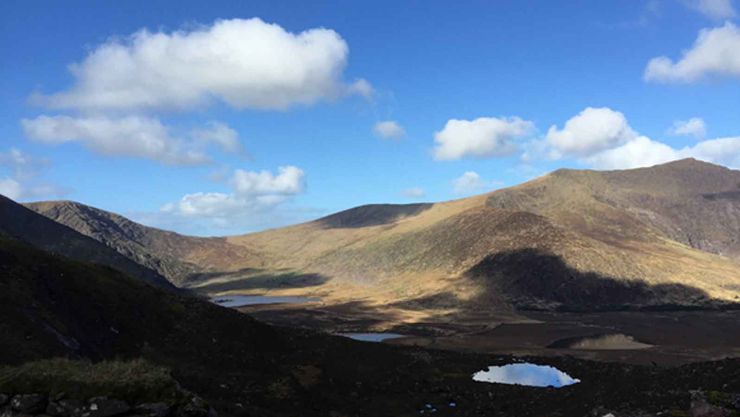
Set in County Kerry, Ireland, in 1825, The Good People is the story of three women drawn together in hope or restoring a young boy, Micheál, to the happy child he once was. Micheál can no longer speak or walk, and in their world of folklore and belief, of ritual and stories, the women's efforts to reclaim Micheál from the changeling they now believe him to be, lead them down a dark and dangerous path . . .
Based on true events and set in a lost world bound by its own laws, The Good People is Hannah Kent's startling novel about absolute belief and devoted love. Terrifying, thrilling and moving in equal measure, this long-awaited follow-up to Burial Rites shows an author at the height of her powers.
Here, Hannah takes us on a photo diary tour, offering us a glimpse of the evocative, real settings that inspired her writing, and into the world of these vivid characters.
Watch Hannah tell the true story that inspired The Good People, here.

A museum recreation of a bothán, a nineteenth century dwelling made from wattle, scraws, earth and thatched with straw or heather. Botháns did not usually have windows or chimneys (some of the smoke would leave through a gap in the thatch), and comprised one room only. This museum replica informed by depiction of Nance Roche’s windowless dwelling.

Furze flowers above a river in high current in the west of Ireland. Furze had many uses in Irish folk culture. Its stems were used for hurleys and walking sticks, it was cut and dried for fuel and cattle bedding, the blossoms made a yellow dye, and in some places, during Maytime, it was placed near the churns to protect the milk and butter from the fairies.
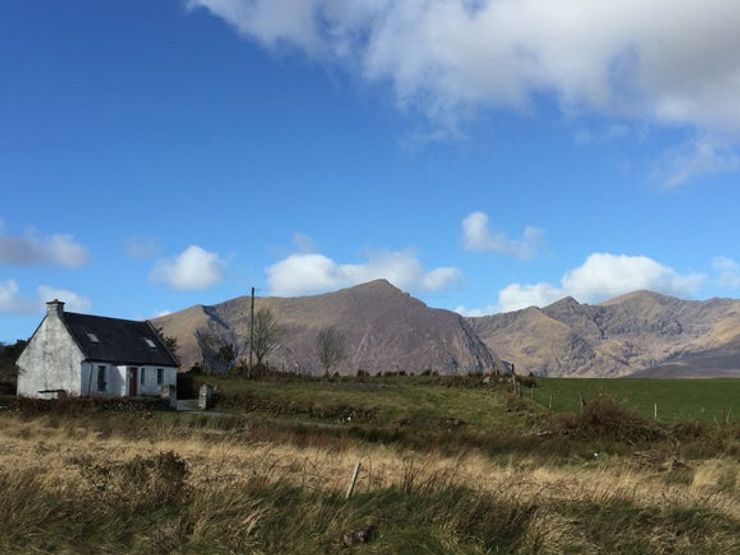
An isolated cottage in County Kerry. While the house is modern, this photo informed my depiction of Nora Leahy’s home.
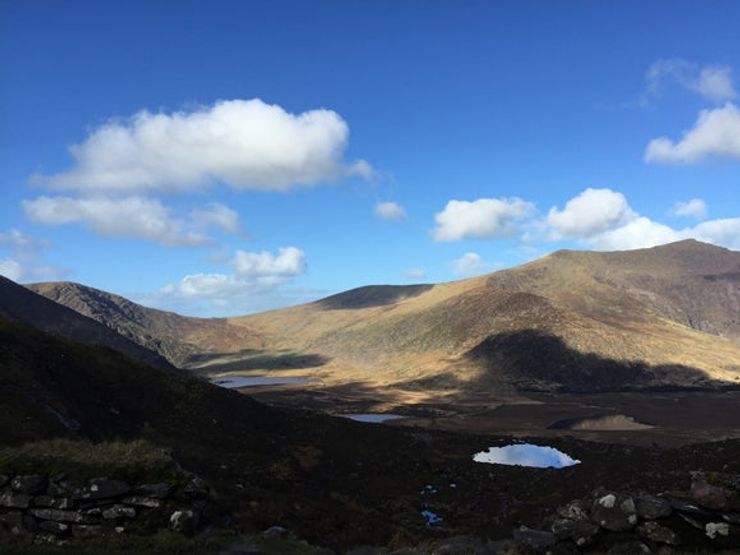
The view from the top of Conor Pass, the highest mountain pass in Ireland. The view is of Corca Dhuibhne, or the Dingle Peninsula, where Nance’s father is from.
‘There upon the mountain, her difference – no matter its great weight, its sharp and restless ache upon her heart – was, in the face of such unyielding beauty, a small and passing shadow in a greater story.’
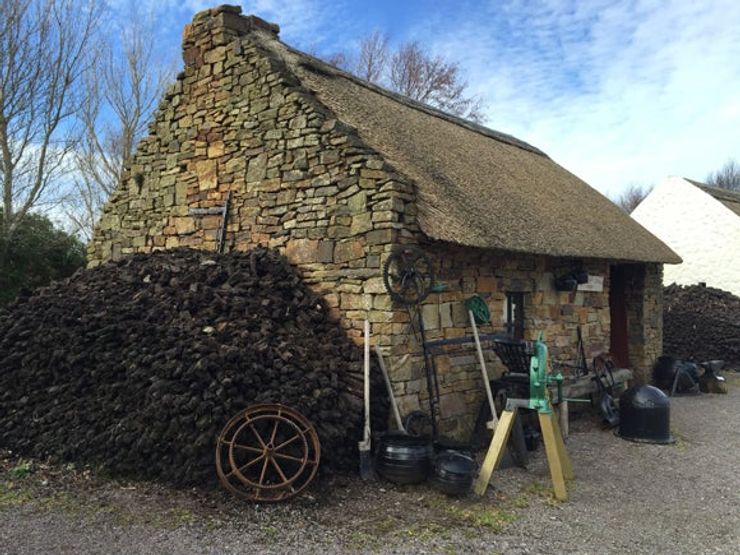
Piles of turf lie heaped against the wall of a recreated blacksmith’s forge in the Kerry Bog Village, an open air museum.
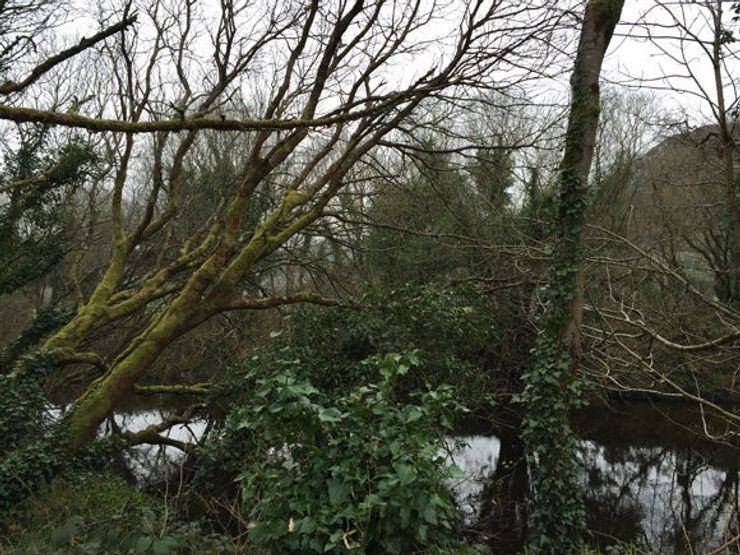
This photo of the River Flesk was taken from Salmon Leap Farm near the towns of Clonkeen and Glenflesk. A little way upstream, it is joined by two other rivers.
‘Where the water greets itself. A place of power. Boundary water.’
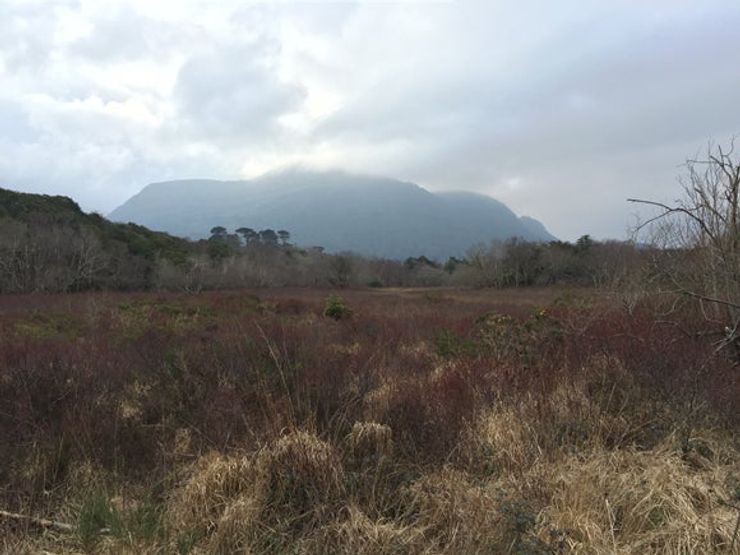
A clearing in the woods of Killarney, the mountains and bare ground in the muted colours of late winter.
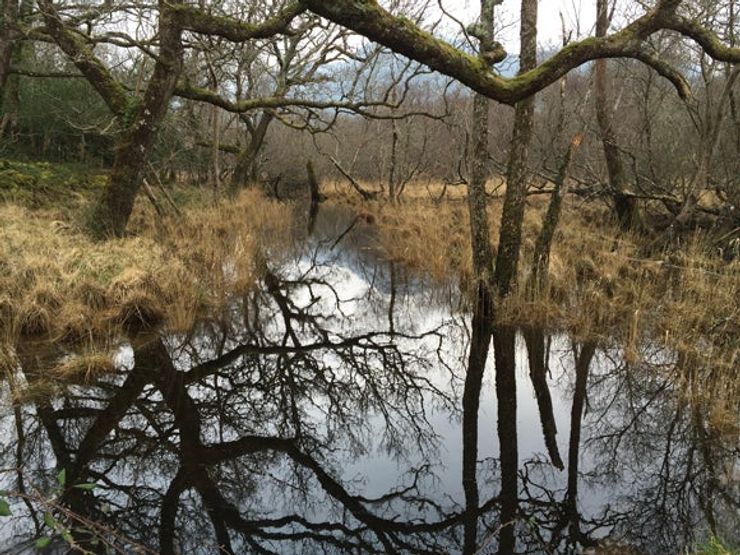
Oak branches, stripped bare with winter, sprawl out over flooded ground in the woods of Killarney.

The ruins of a stone cottage lie under a mass of ivy and holly, deep in the woods that comprise Killarney National Park, County Kerry.
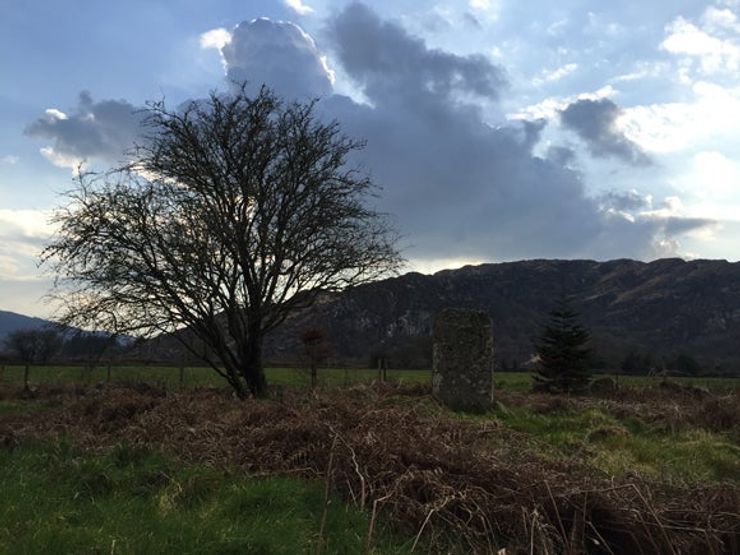
A whitethorn ‘fairy’ tree grows adjacent to an ancient standing stone in a cillín.
‘Sometimes the people of the valley buried unwed mothers there, and sometimes those who had died in sin. But mostly the cillín was for children. Stillborns. It was not a place people visited unless they had an unchristened baby to bury.’
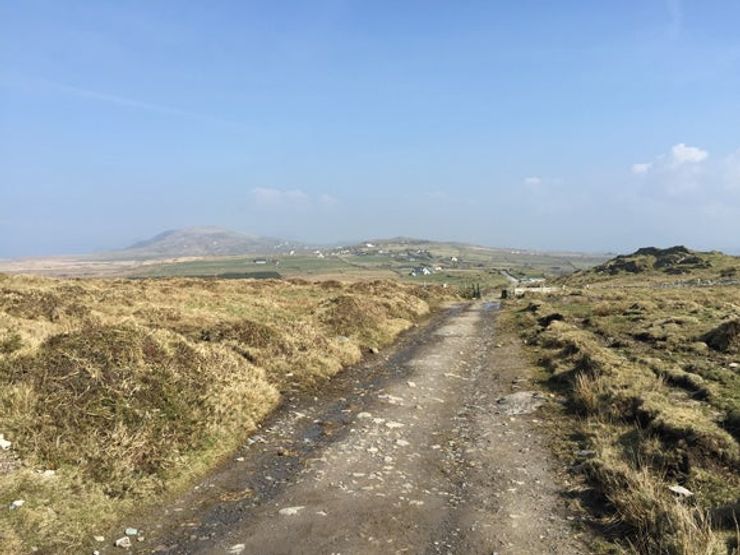
Rocky roads in County Kerry.
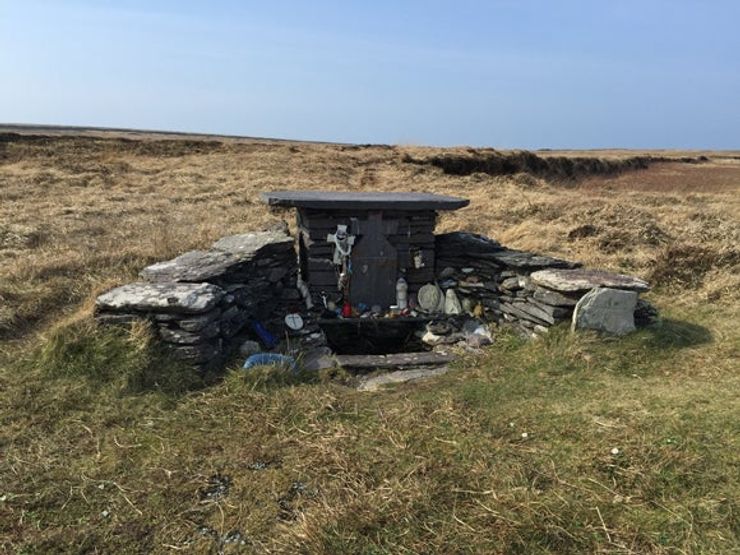
This ancient holywell is named after Saint Brendan (484-577AD), and is located on Valentia Island in Co. Kerry. It is said that the saint found and converted some dying pagans at this place after sailing from Dingle, and thus brought Christianity to the island. Pilgrims would (and continue to) frequent this ancient site, and walk sunrise around the well whilst uttering prayers.
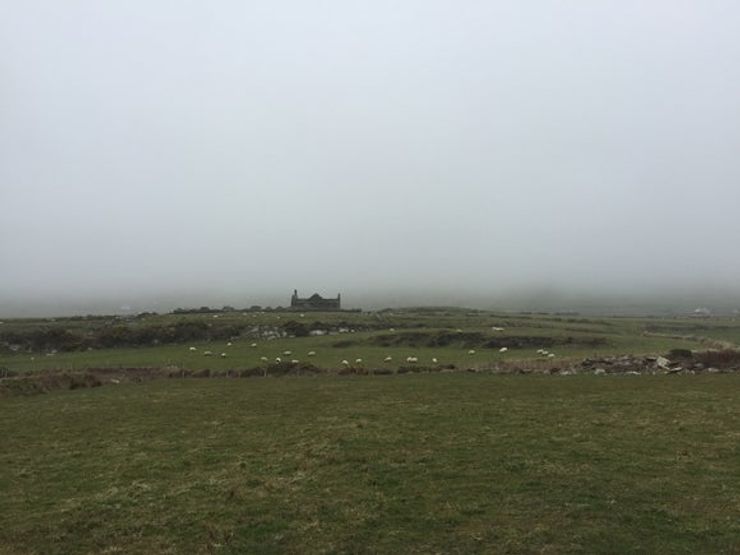
Fog rapidly closes in on cottage ruins and fields of sheep in County Kerry.
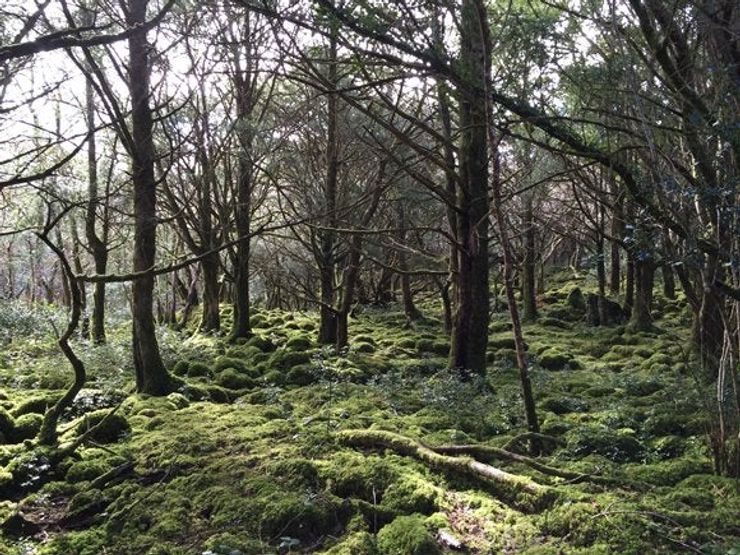
Yew, moss and holly grow over the rocky limestone floor of these woods in Killarney National Park.
The Good People
by Hannah Kent
Based on a real case in nineteenth-century Ireland where a woman was acquitted of a serious crime because she claimed she had been trying to banish a fairy. Hannah Kent’s long-awaited follow-up to Burial Rites takes us to a lost world of folklore and belief, ritual and stories where three women are drawn together in the hope of saving a child.
